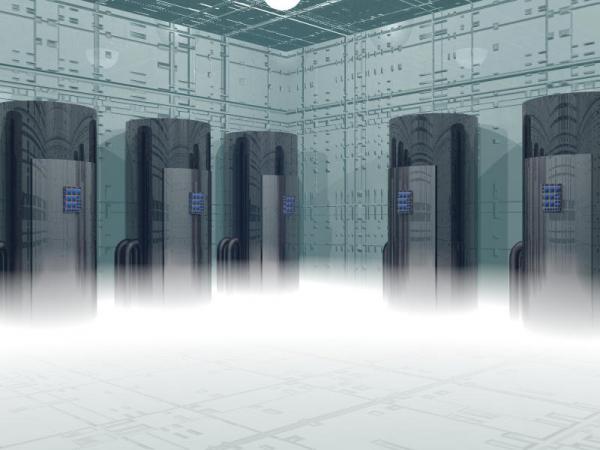BY LETTER
Cryonic Suspension
Technology > Technology Type or Material > Drytech/Hylotech
Technology > Technology Levels > High Tech / Hitech
Technology > Application > Medical Treatment
Technology > Technology Type or Material > Organic/Biotech
Technology > Technology Levels > High Tech / Hitech
Technology > Application > Medical Treatment
Technology > Technology Type or Material > Organic/Biotech
 Image from Anders Sandberg |
"I told you," I say, a little sulkily. "I went into the freezer in 2030. On Earth. Atlanta. The Schumann Foundation. When I woke up, ninety-three days ago, now, I was here. All I know for sure, really."Suspending organic functions by the use of low temperatures to halt metabolic decay. Cryonic suspension employs cryoprotective chemicals to protect the body, chemicals that bond the cellular components in place, etc.
7Sengya views me with that dubious knowing expression I've seen a lot of, the last day or so. "There are some...problems with that," she says, at length.
"Such as?"
"Well...for starters, cryonics tech in that era was extremely destructive to organic tissue, especially to brain tissue," 7Sengya tells me. "Could go into more detail, just know: there are no records, anywhere, of subjects from a century or even two centuries later than 2030 ever being successfully revived with anything resembling what was known as 'fidelity of personality.' Fact is, cryonics was an inherently flawed technology anyhow; it was eventually superseded by nano-mediated biostasis, which places active symbiotic nanosomes into each individual cell..." By this point I was wincing, more than a bit.
-"Dirty Hands"
Cryonic technology was used from the Information Age onwards to preserve the bodies (or sometimes just the heads) of people who paid for the treatment before their death. This early form of cryonic technology was not advanced enough to preserve memories and personality, although some early cryogenic subjects were recreated as personality simulations using all data available, including lifelogs, biographical, autobiographical material and audiovisual recordings. The small amount of information available from the frozen corpsicle was sometimes useful as well.
More advanced cryogenic freezing was available by the time the first interstellar colony ships were being constructed, and some test subjects had been successfully revived. Cryonic suspension was viewed as sufficiently reliable to be used in many of the early interstellar colony missions, although when the ships finally arrived decades or centuries later there were many casualties. Some subjects were irretrievably dead, and many more had brain damage or other tissue trauma.
Various techniques were developed on some colony worlds to repair the damage, which were successful in some cases, although they often included radical neural and mnemonic reconstruction.
Cryonic freezing has since been replaced by much safer nano-mediated biostasis technology.
Related Articles
- Biostasis
- Colonist
- Colony
- Colony Ships
- Cryoinvest
- Cryonics
- Early Interstellar Colonists
- Nanostasis - Text by M. Alan Kazlev
Suspension of all biological activity, by infusing the patient with cryoprotective chemicals and freezing or vitrifying (cryonic suspension), or by chemically bonding cellular components in place. See Biostasis.
Appears in Topics
Development Notes
Text by M. Alan Kazlev, amended by Steve Bowers
Initially published on 07 January 2002.
Initially published on 07 January 2002.
Additional Information
Cryonic Suspension Technology appears in OA Fiction
Dirty Hands and The Starlark
Dirty Hands and The Starlark






